35 Ways To Slash Your Car Costs

For most Americans, car ownership requires a lot more than plunking down payment and flooring it. In fact, owning and operating a new vehicle in 2019 cost drivers an average of $9,282 annually, according to AAA. And if you drive 15,000 miles or more a year in a pickup truck, for example, those average figures can skyrocket to over $10,800.
But it’s not all bad news. With good driving habits, a little insurance know-how and a touch of DIY maintenance, you can put the top down and cruise your way to reduced annual costs. Find out how to own a car without coughing up a fortune.
Last updated: Jan. 5, 2021
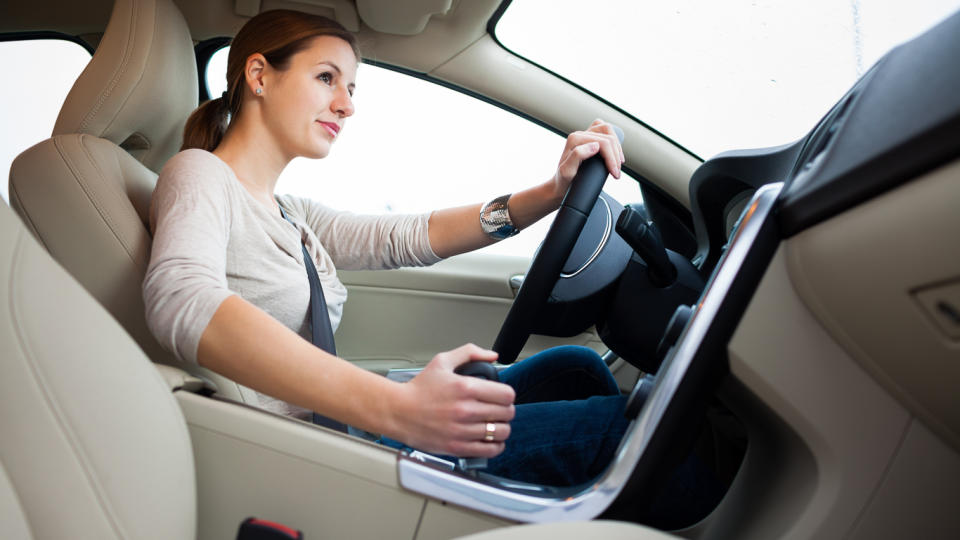
Drive Safely — No, Really
Keep calm and drive on. It sounds easy till you’re running late for your $200 hot yoga workshop.
Heavy traffic can take a big toll on your health and wallet as it is. But aggressive driving tactics like speeding, rapid acceleration and hard braking can reduce your fuel efficiency by 15% to 30% on the freeway and up to 40% in stop-and-go traffic, according to the U.S. Department of Energy.
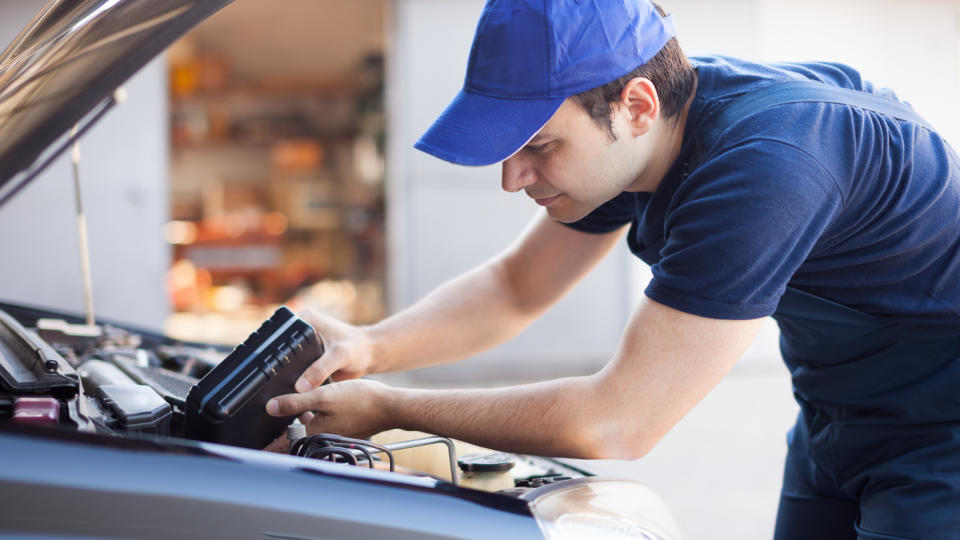
Change Your Oil Less Frequently
No, you didn’t read that wrong — you really don’t need to change your oil every 3,000 miles. That rule of thumb no longer applies to most cars on the road, according to CalRecycle. In fact, certain models can go up to 15,000 miles without needing an oil change. Check manufacturer recommendations and adjust your oil change schedule.
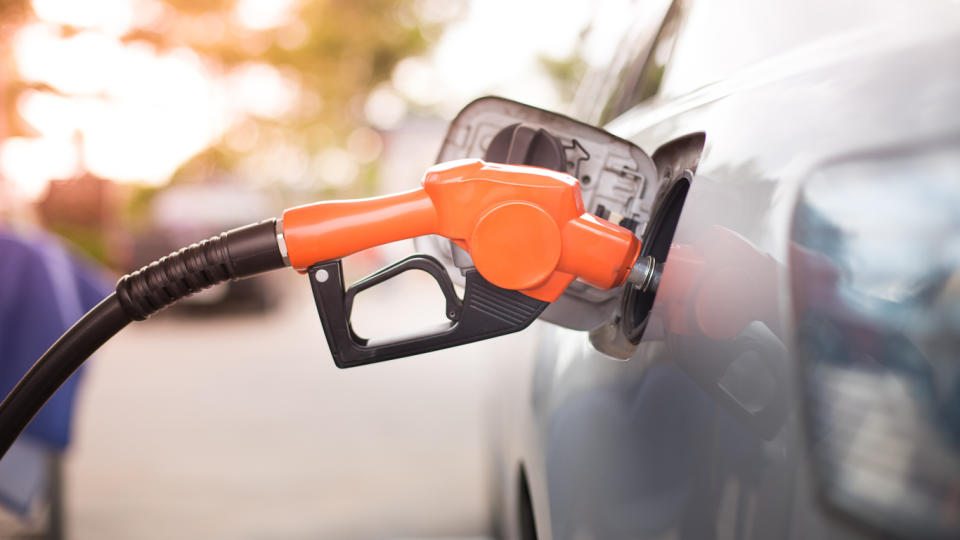
Buy Gas From the Little Guys
Don’t pass up off-brand gas stations. Many indie gas stations buy gas from name-brand oil companies, and they’re often the first to slash prices when crude oil rates drop, NPR reported. Just because the logo doesn’t look familiar doesn’t mean the savings aren’t legit.

Refinance and Rejoice
If your monthly payment is weighing down your budget, buckle down and make some calls. By refinancing with a lower rate, you could save hundreds or thousands over the life of your loan.
Take a look at auto loan refinancing through PenFed, where you could get an annual percentage rate as low as 2.14% on a 2019 or 2020 car and 2.99% on used cars from 2018 or earlier. By going this route and cutting your rate, you could end up with lower monthly payments, relieving some stress from your bank account.

Pay as You Go
If you’re not often on the road, pay-as-you-drive insurance could be a boon to your annual budget. It’s not for everyone, but provider Metromile estimated that low-mileage drivers save an average of $500 yearly on pay-per-mile insurance.

Get Defensive Online
No, we’re not talking about making Facebook comments — we’re talking about defensive driving courses. Taking a class to learn these accident-prevention techniques can knock up to 10% off applicable insurance coverage in some states. And with an online defensive driving course, you don’t even have to leave the house (or put on pants).

Ditch the Premium Gas
You might be overpaying for gas. Check your owner’s manual to see if your car runs just fine on regular-grade fuel. If it does, skip the premium octane and save about 20 to 40 cents per gallon.
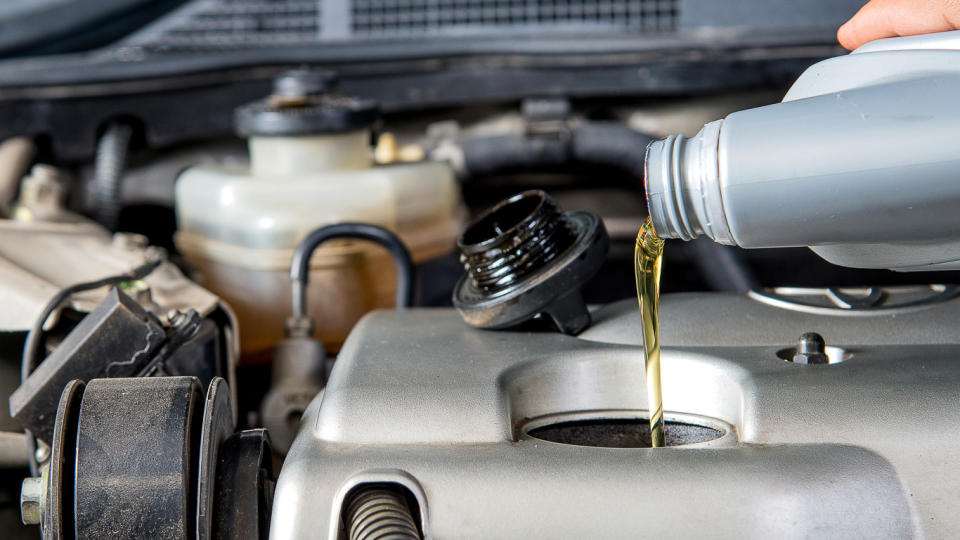
Buy the Right Motor Oil
Spring for the right motor oil. You can usually choose regular gas, but always abide by your car manufacturer’s oil grade recommendations. The wrong viscosity grade can lead to more friction, which leads to lower gas mileage and might even reduce the engine’s life.
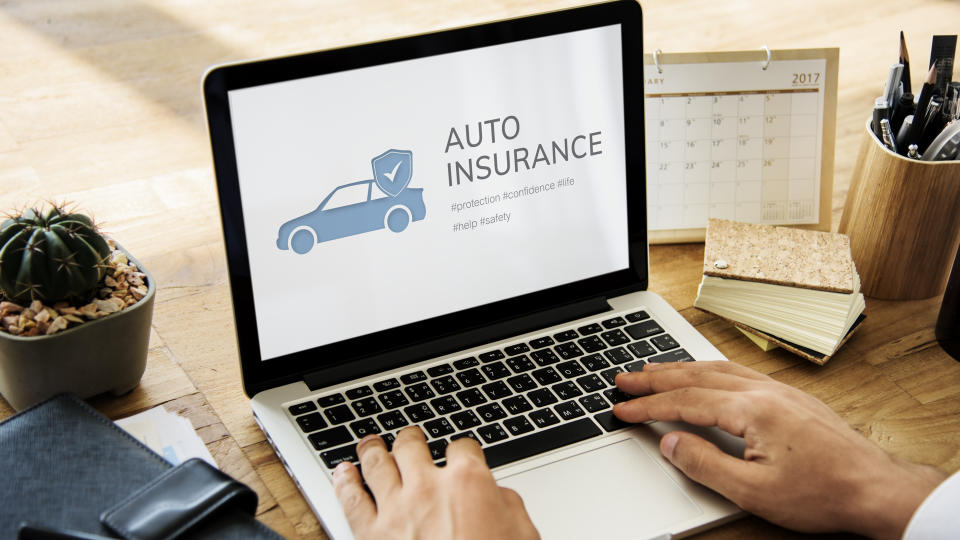
Raise Your Deductible
It might sound counterproductive, but hear us out. Raising your deductible from $500 to $1,000 actually slashes your premiums by an average of about 8.5%, according to a 2016 study conducted by Quadrant Information Services for online insurance marketplace insuranceQuotes.
See: 20 Best Cars To Own If You Don’t Have Great Credit
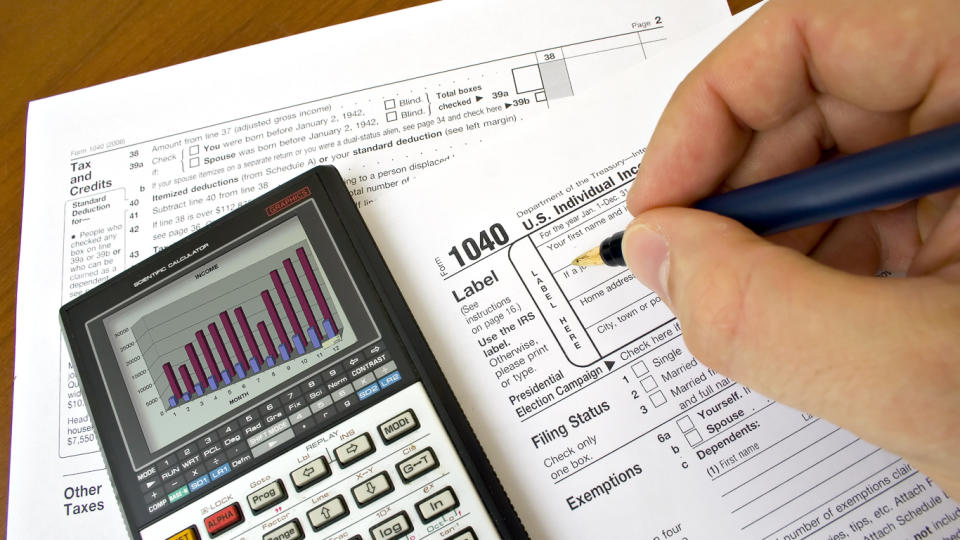
Write Off Your Car Expenses
If you use your car for business, don’t forget to file a tax deduction for car costs. You might be able to write off everything from depreciation to oil changes to toll fees.

Comparison Shop for Gas Prices
Whether you’re on iOS or Android, free apps like GasBuddy, Gas Guru and Waze can help you find the best gas prices around. Just don’t comparison shop while you drive.

Don’t Buy Additives
Skip the snake oil. Fuel line magnets and magical liquid “enhancers” typically don’t work as advertised, the Federal Trade Commission reported. Those that do provide insignificant benefits. Those that don’t can even harm your engine.

Rack Up Teen Driver Discounts
Adding a teen to your car insurance policy can hike up your rates by 50% to 100%, according to Consumer Reports. So when your kid is ready to take the wheel, don’t hesitate to ask your insurer about available discounts. Good report cards, low annual mileage and driver safety education courses can lower rates.

Ask About Other Discounts
Teens aren’t the only ones qualifying for driver discounts. Ask your insurer about potential discounts, such as perks for anti-theft devices, customer loyalty and clean driving records.

Analyze With Apps
Auto apps don’t just help you find the cheapest gas near you, they also help you log your mileage, keep track of your fill-ups, log your repairs and even generate charts of your monthly car costs. For some free budget insights, check out Fuelio or Gas Tracker by Fuelly.
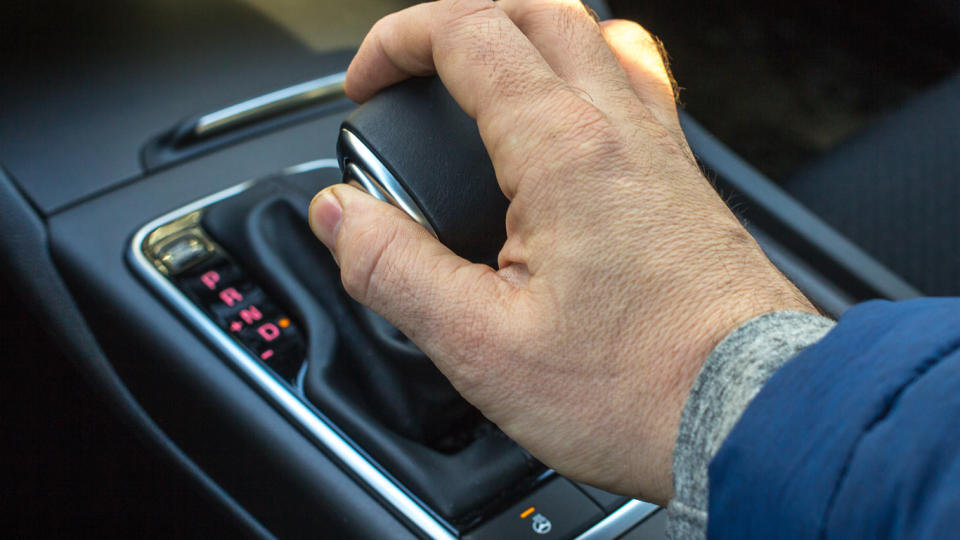
Kick It Into Overdrive
Overdrive is the highest gear on your transmission, and it’s there for a reason. Opt for overdrive to improve fuel economy when you’re on the highway. If freeway traffic is flowing, switching on your cruise control can also save on gas.
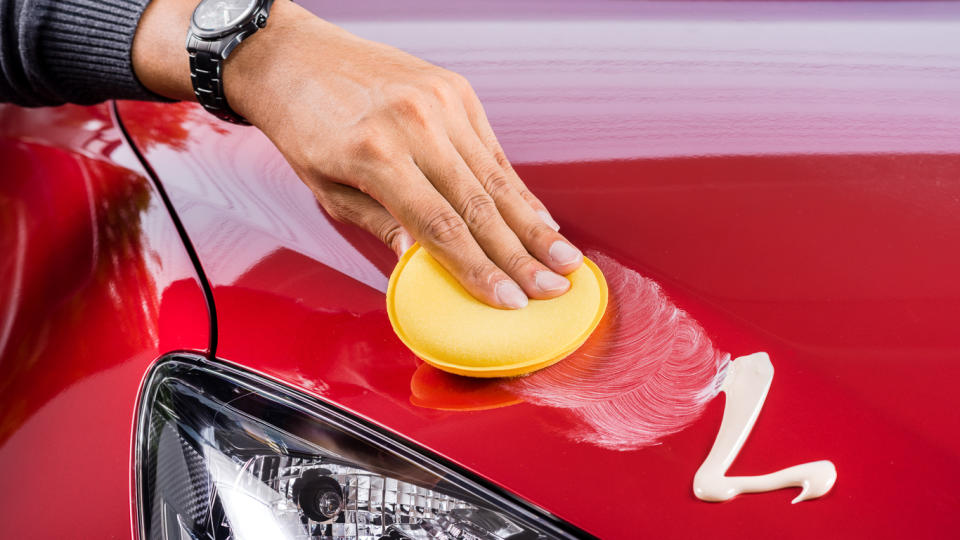
Wax On, Wax Off
Ask yourself: Would you rather pay $5 to $10 for car wax or well upwards of $1,000 to repaint your car? Keep the elements from damaging your paint by waxing every two to three months.

Behave and Prosper
Reap rewards for good behavior. Ask your insurer if they offer devices that monitor your driving habits. If you’re a consistently safe driver, you can save about 12% to 15% per year on your premiums. But if you’re not so consistently safe, you might not see much of a discount.
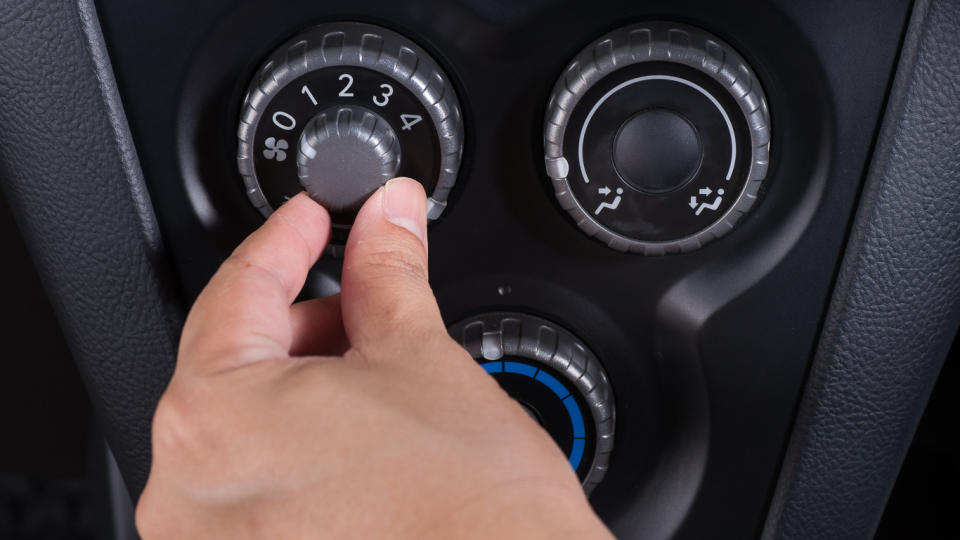
Dial Back the Air Conditioner
If it’s a cool day out, keep your air conditioner off. The Environmental Protection Agency and U.S. Energy Department report that running your AC under very hot conditions can reduce a conventional vehicle’s fuel economy by more than 25%, especially on short trips.
Find Out: The Most Reliable Car Brands on the Road

Roll Down Your Windows
If you have the air conditioner off, roll down your windows. If you’re worried about wind drag reducing your fuel economy, Inside Energy recommended rolling down the windows when driving slower and using the air conditioner when driving at higher speeds to maximize your mileage.
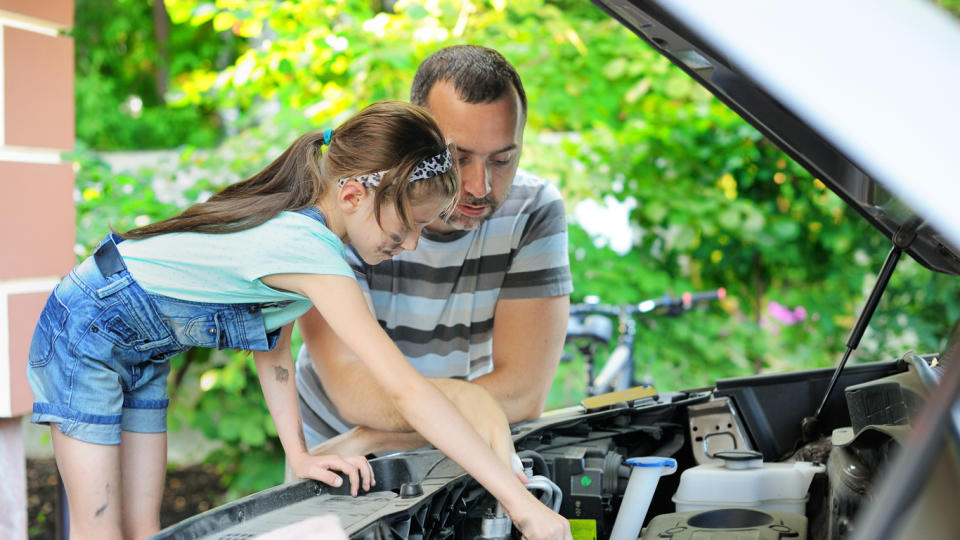
Do Your Own Maintenance
Rotate those tires yourself. In addition to potential savings of hundreds of dollars per year on car maintenance costs, you’ll get the perks of better gas mileage and the confidence-boosting satisfaction that comes with a DIY attitude.

Explore Insurance Options
Start the year off with fresh car insurance quotes. Comparison shopping usually only takes a few minutes and can easily reap you hundreds of dollars in annual savings.
And while you’re shopping around for insurance, also consider your auto loan rate and the perks of refinancing. PenFed offers low rates for refinancing, as well as an easy online loan application process. Through refinancing your auto loan, you might be able to cut your monthly payments and free up more money for other necessities.

Clean Up Your Credit Report
Believe it or not, 92% of insurers consider credit when calculating your premium — and you should probably believe it since that info comes straight from Nationwide.
Check your credit report and make sure any errors are swiped from the record before searching for insurance. If your credit needs help, use this game plan to boost your score.

Don’t Let Your Car Idle
If you have a habit of chilling in your car, you might want to find another place to play Words With Friends. Idling uses up to a half-gallon of gas per hour, and Americans waste approximately 6 billion gallons of fuel each year this way, according to a study by the Argonne National Laboratory. That amounts to annual losses of $21 billion.

Inflate Your Tires
By keeping your tires inflated to the manufacturer’s recommended pressure, you reap the combined benefits of improved gas mileage and less tire wear. It pays to stay pumped — the EPA and DOE report that the proper air pressure can improve your gas mileage by up to 3%.

Bundle Your Insurance
In a recent study, insuranceQuotes found that homeowners netted an average discount of 16% when bundling home and auto insurance. Typical yearly savings hover around the $500 to $600 mark, which can mean only one thing: It’s time to bundle up.

Take It Slow
Cruise into savings by capping your cruise control at 50 mph. As you go over that magic number, your fuel efficiency starts to tank rapidly. The DOE estimates that each 5 miles per hour you drive over 50 comes out to about 18 cents more per gallon of gas.
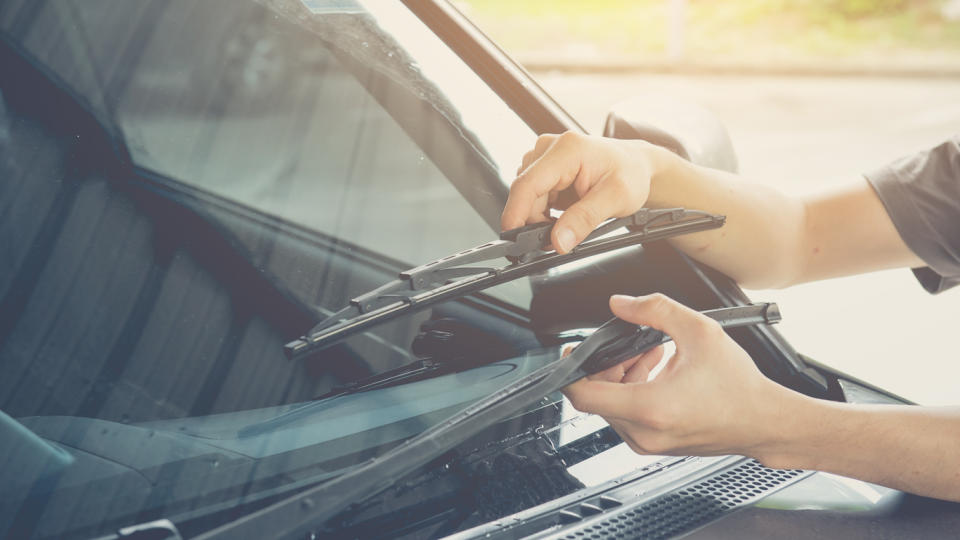
Wiper Blades Need Love, Too
Clean your wiper blades with a wet paper towel regularly. Wiper blades have a short shelf life, but keeping them clean keeps them wiping longer — which keeps money in your pocket.

Brag About Your Odometer
If you don’t drive much, let your insurance company know about it. If you drive less than the 12,000 mile-per-year average, you’re not just trimming down your carbon footprint — your insurer might be willing to slash 5% to 10% from your premiums, too, according to Consumer Reports.

Skip the Transmission Flush
Don’t flush. That’s not advice you hear (or should follow) very often, but in this case, dodging this common auto shop upsell could save you upward of $200, according to RepairPal estimates. Typically, you only need to flush every 100,000 miles or so.

Estimate Repair Costs
When you need a new timing belt, or your automatic windows stop being so automatic, use sites like RepairPal or YourMechanic to find fair pricing and scope Yelp reviews all in one swoop. This can help prevent you from getting hoodwinked even if you don’t know a carburetor from a camshaft.
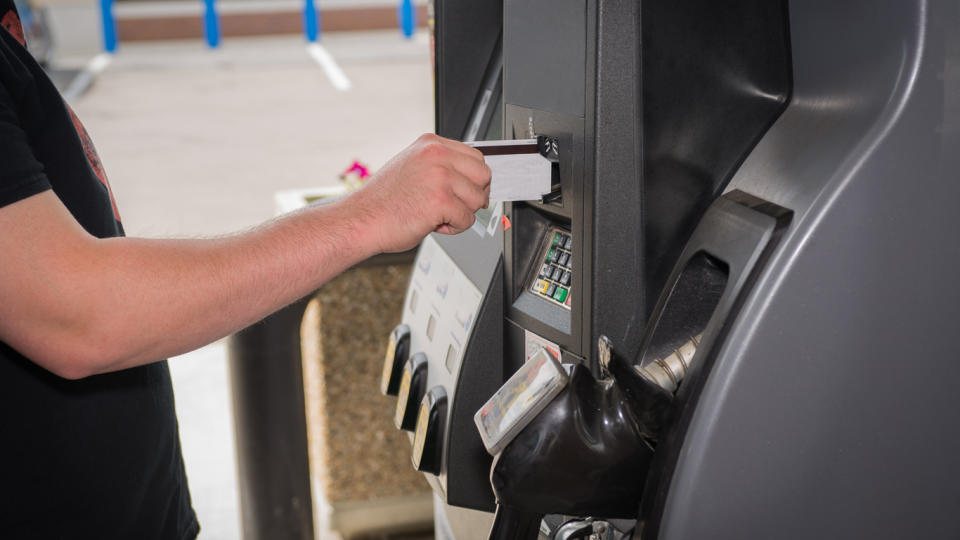
Reap Credit Card Rewards
You might as well swipe for savings while you’re at the pump. Find the best rewards credit cards to get cash back every time you fill-up. Some of the best cards offer 2% to 5% cash back on fuel and other purchases.
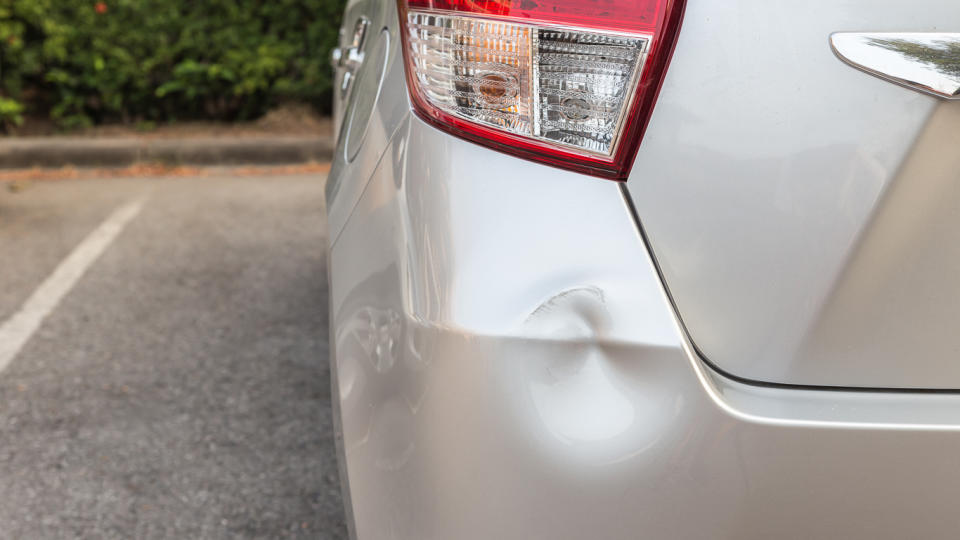
Don’t File a Claim
Accidents happen. Unfortunately, even one at-fault accident can spike your insurance rates from 10% to 40%, according to CarInsurance.com. If you’re looking at a minor fender bender, do a little math before you file a claim. In the long run, you might just be able to repair both dinged-up cars for less if you pay out of pocket.

Cut Back on Clutter
Lighten your load and steer clear of storing things on your roof rack — a habit that encourages efficiency-reducing wind drag. Emptying your trunk or hatch of unnecessary heavy loads can also boost your fuel economy.
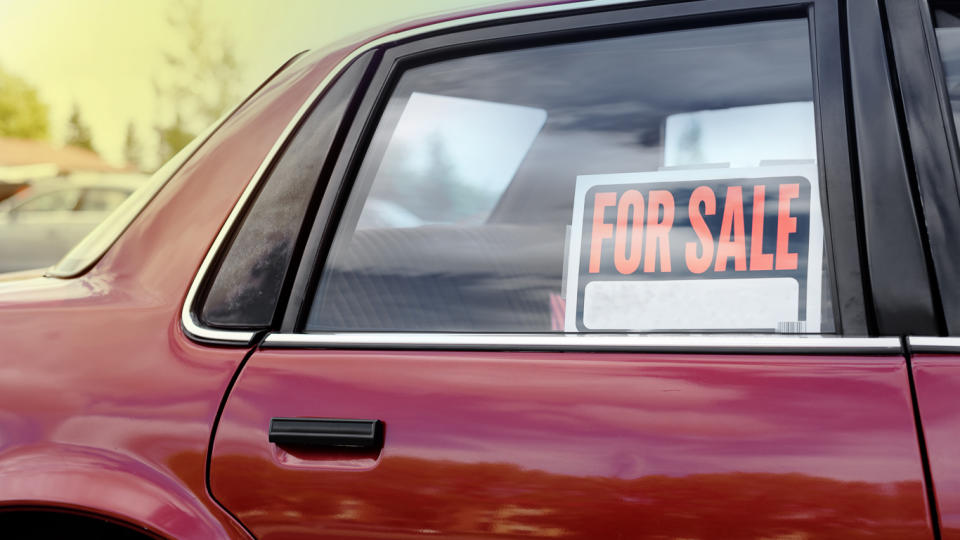
Reduce Your Coverage
It’s hard to let your car go after you’ve spent 10 years in the driver’s seat and named her “Lucy.” But once your baby is worth less than the cost to repair it after an accident, it’s time to say goodbye. Dropping collision coverage can save you about $200 to $400 annually, according to Insurance.com.
More From GOBankingRates
If You Plan To Retire in the Next 5 Years, Should You Just Do It Now?
Are You Spending More Than the Average American on 25 Everyday Items?
Guns and 32 Other Things You Definitely Do NOT Need To Buy During the Coronavirus Pandemic
This article originally appeared on GOBankingRates.com: 35 Ways To Slash Your Car Costs
